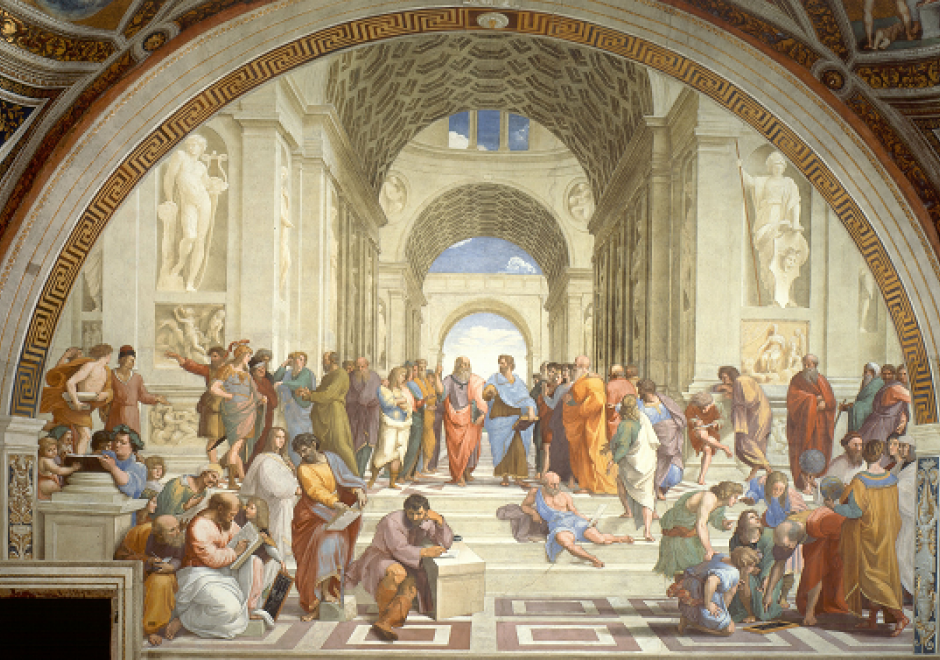FC-03 - Philosophical Perspectives

This entry follows in the footsteps of Anselin’s famous 1989 NCGIA working paper entitled “What is special about spatial?” (a report that is very timely again in an age when non-spatial data scientists are ignorant of the special characteristics of spatial data), where he outlines three unrelated but fundamental characteristics of spatial data. In a similar vein, I am going to discuss some philosophical perspectives that are internally unrelated to each other and could warrant individual entries in this Body of Knowledge. The first one is the notions of space and time and how they have evolved in philosophical discourse over the past three millennia. Related to these are aspects of absolute versus relative conceptions of these two fundamental constructs. The second is a brief introduction to key philosophical approaches and how they impact geospatial science and technology use today. The third is a discussion of which of the promises of the Quantitative Revolution in Geography and neighboring disciplines have been fulfilled by GIScience (and what is still missing). The fourth and final one is an introduction to the role that GIScience may play in what has recently been formalized as theory-guided data science.


FC-09 - Relationships Between Space and Time
Relationships between space and time evoke fundamental questions in the sciences and humanities. Many disciplines, including GIScience, consider that space and time extend in separate dimensions, are interchangeable, and form co-equal parts of a larger thing called space-time. Our perception of how time operates in relation to space or vice verso influences how we represent space, time, and their relationships in GIS. The chosen representation, furthermore, predisposes what questions we can ask and what approaches we can take for analysis and modeling. There are many ways to think about space, time, and their relationships in GIScience. This article synthesizes five broad categories: (1) Time is independent of space but relates to space by movement and change; (2) Time collaborates with space to probe relationships, explanations, and predictions; (3) Time is spatially constructed and constrained; (4) Time and space are mutually inferable; and (5) Time and space are integrated and co-equal in the formation of flows, events, and processes. Concepts, constructs, or law-like statements arise in each of the categories as examples of how space, time, and their relationships help frame scientific inquiries in GIScience and beyond.